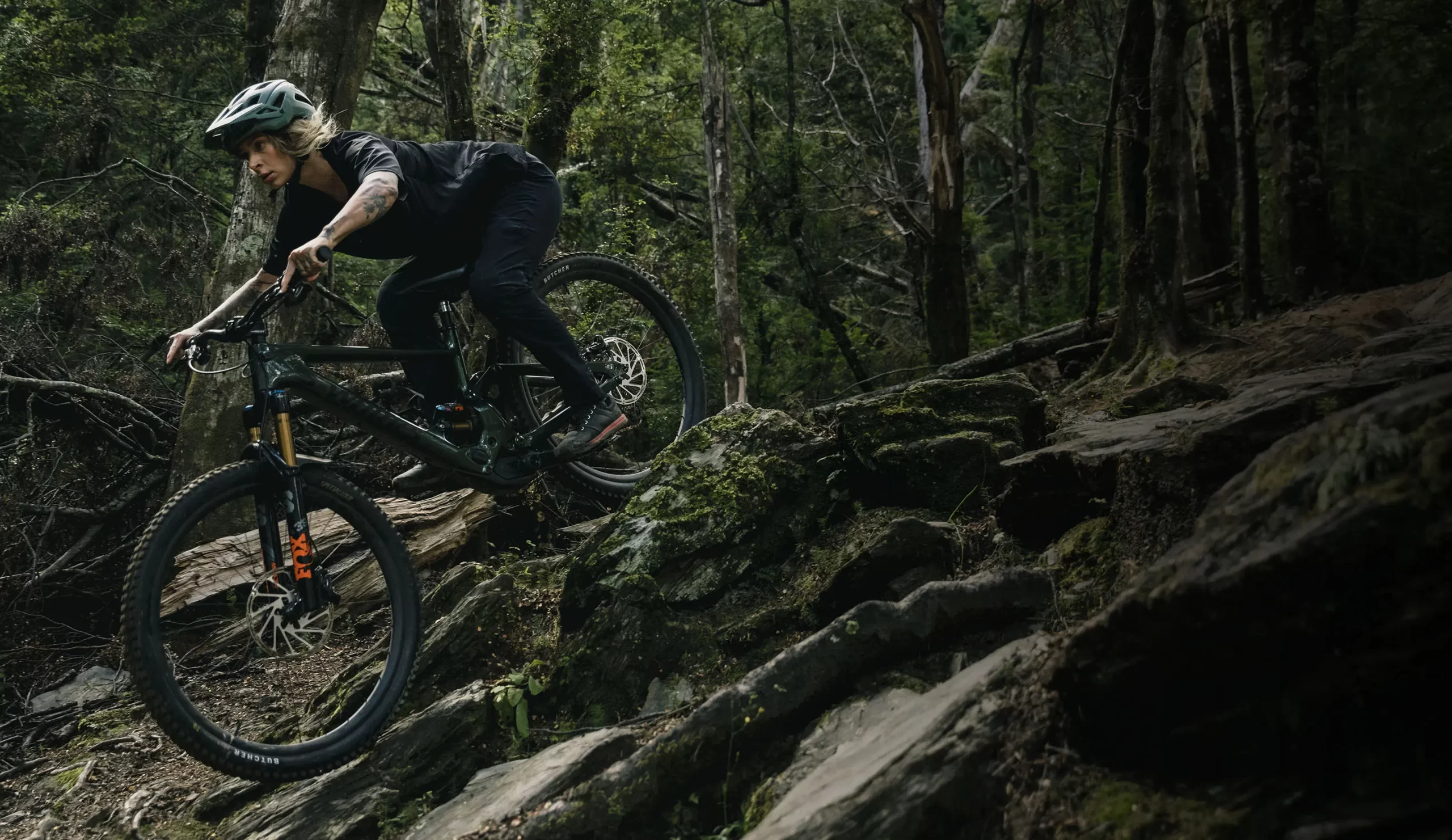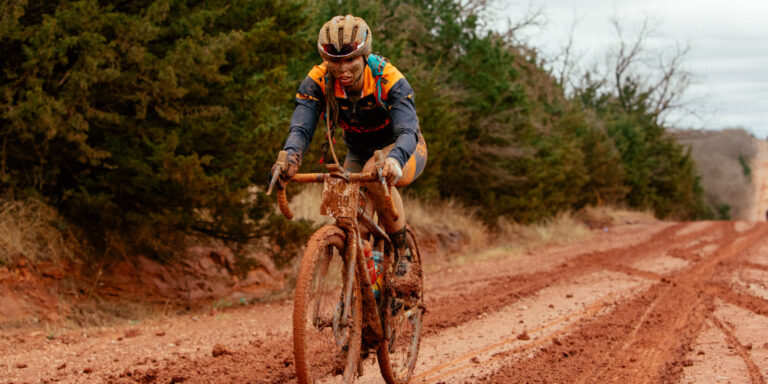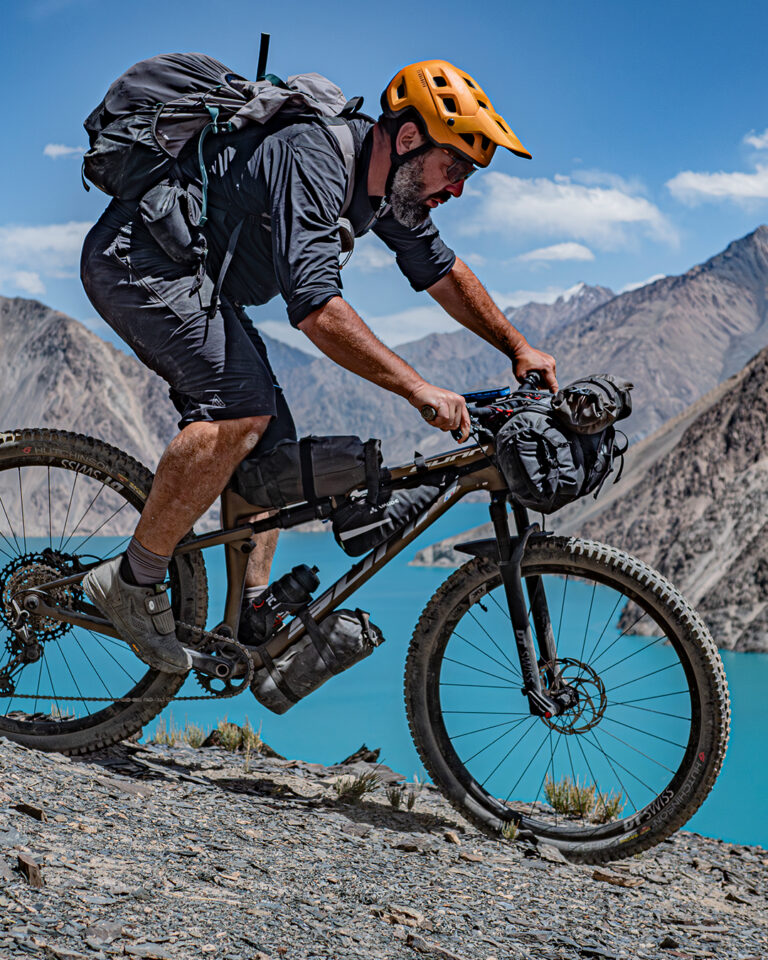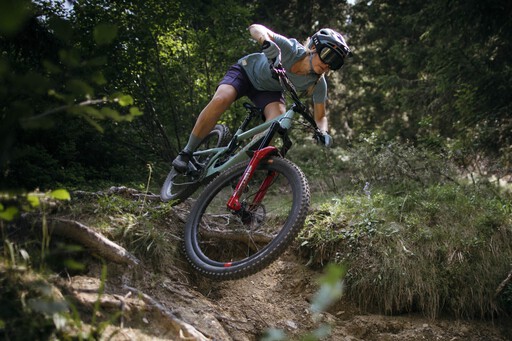Types of Mountain Bike Saddles: A Guide for Beginner to Mid-Level Cyclists
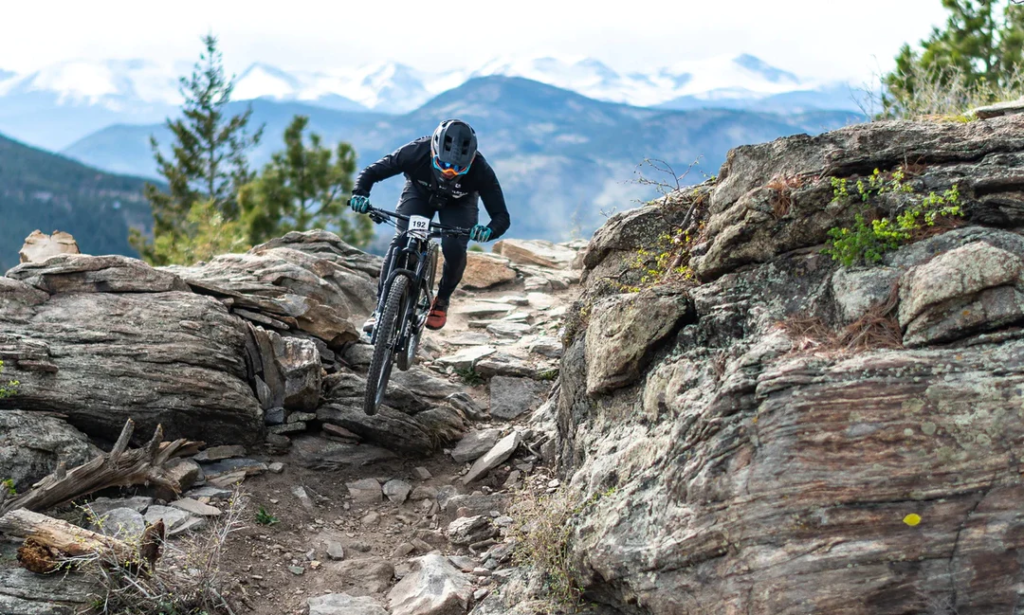
Key Point Summary of Types of Mountain Bike Saddles:
- Diversity in Designs: Understanding the variety of mountain bike saddle designs helps in choosing the right fit.
- Comfort vs Performance: Balancing comfort and performance is key in selecting the perfect saddle.
- Material Matters: The importance of saddle materials in durability and comfort.
As a masters cyclist who has spent years racing and riding across various disciplines including mountain biking, gravel biking, and cyclocross, I’ve learned a thing or two about the importance of a good saddle. It’s more than just a place to sit; it’s a crucial component that can make or break your ride experience. In this article, I’ll share insights on the different types of mountain bike saddles, aiming to help beginner to mid-level cyclists navigate through the variety and designs available.
Understanding the Variety in Mountain Bike Saddles
Mountain bike saddles come in various shapes and sizes, each designed to cater to different riding styles and rider preferences. When I first started mountain biking, I was overwhelmed by the choices. From narrow, race-focused designs to wider, comfort-oriented models, the range is vast.
Performance-Oriented Saddles
These saddles are typically narrower and lighter. They’re designed for aggressive riding styles, where the rider spends more time standing on the pedals. I remember my first race on a performance saddle; it felt hard at first, but the reduced friction and better power transfer were game-changers.
Comfort Saddles
On the other end of the spectrum are comfort saddles. These are generally wider with more padding. Ideal for leisurely rides and long trails, they offer the cushioning needed for hours in the saddle. I’ve used these on long, scenic trails, and the extra comfort is noticeable, especially on rough terrains.
Women-Specific Saddles
It’s essential to mention women-specific saddles. Designed to accommodate anatomical differences, these saddles offer comfort and support in the right areas. Many female riders in my cycling club swear by them for both comfort and performance.
Balancing Comfort and Performance
Finding the right balance between comfort and performance is crucial. A saddle that’s too soft can lead to inefficiencies in pedaling and discomfort over long distances. On the flip side, a too-hard saddle can be unforgiving on rough terrains. I learned this the hard way during a grueling mountain bike marathon where my overly firm saddle caused significant discomfort.
Choosing the Right Saddle for Your Experience Level
Beginners: Emphasis on Comfort
For beginners, the journey into mountain biking often starts with a focus on comfort. A slightly wider saddle with ample padding is ideal. It reduces the discomfort that might otherwise discourage new riders. When I started, I used a comfort-oriented saddle that helped me adjust to the rigors of mountain biking without feeling overwhelmed by discomfort. Beginners should look for saddles with good padding and a durable cover to withstand the inevitable bumps and scrapes.
Mid-Level Cyclists: The Transition Phase
Mid-level cyclists often face a transition phase where they balance comfort with performance. At this stage, a moderately padded saddle with a more streamlined shape is suitable. It offers enough comfort for longer rides while allowing for more efficient pedaling. This was the stage where I experimented with different saddles to find the perfect middle ground. Saddles with a medium width and a slight curve work well to provide both support and freedom of movement.
Pros: Performance and Precision
Professional or highly experienced riders usually opt for performance saddles. These are narrower, lighter, and less padded, designed for optimal power transfer and agility. The choice often also includes considering the material of the saddle rails for weight savings and shock absorption. Having raced professionally, I can attest that at this level, the choice of saddle is often very personal and can involve trial and error to find the perfect fit.
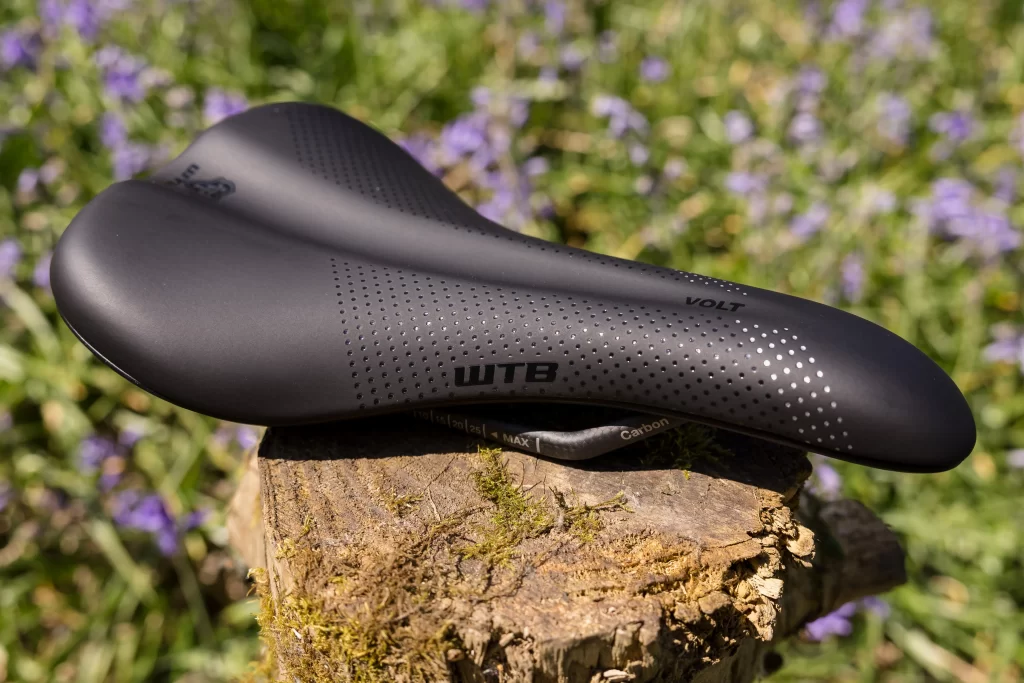
Recommended Saddle Models
Based on my experience and the collective wisdom of the cycling community, here are some saddle models that sum up the overall explanation:
- For Beginners: The Specialized Body Geometry Comfort saddle. It’s an excellent choice for new riders, offering generous padding and a supportive design without being too bulky.
- For Mid-Level Cyclists: The WTB Volt saddle strikes a great balance between comfort and performance. It’s versatile enough for various mountain biking styles and provides a comfortable ride without sacrificing efficiency.
- For Pros: The Selle Italia SLR Kit Carbonio Flow saddle. This high-end option offers a minimalist design, lightweight carbon rails, and a cutout to reduce pressure. It’s a favorite among professional racers for its focus on performance and comfort in aggressive riding positions.
The Importance of Material
Saddle materials play a significant role in comfort, durability, and weight. Saddles come in materials ranging from synthetic leather to real leather, and from plastic bases to carbon fiber.
Synthetic Materials
Most mountain bike saddles are made from synthetic materials, offering a good balance between durability and comfort. They’re also generally more affordable. I’ve found synthetic saddles to be a great choice for most conditions.
Leather Saddles
Leather saddles, though heavier and require more maintenance, mold to your shape over time, offering a custom fit. I’ve used a leather saddle on my vintage mountain bike, and the custom fit it has taken over the years is unbeatable.
Saddle Rails
Don’t forget the saddle rails – the part that connects the saddle to the bike. They can be made from steel, alloy, titanium, or carbon fiber, each offering different levels of strength, weight, and shock absorption.
Personal Experience and Tips
Over the years, I’ve experimented with various saddle types. For aggressive racing, I prefer a narrower, firmer saddle. It allows for better movement and power transfer. However, for leisurely trail rides, I lean towards a more cushioned saddle for comfort.
One key tip is to try before you buy. Many bike shops offer demo saddles, and it’s worth taking a few for a test ride. Also, consider getting a professional bike fit. It made a significant difference in my saddle choice and overall comfort on the bike.
Final Thoughts
In conclusion, the right mountain bike saddle depends on your riding style, comfort needs, and the type of riding you do. There’s no one-size-fits-all solution, and what works for one rider may not work for another.
Choosing the right mountain bike saddle is a journey in itself. For beginners, comfort is key to enjoying the early rides. As you progress to a mid-level, the balance between comfort and performance becomes crucial. And for the pros, it’s all about performance, with personal preference playing a significant role.
By understanding the types of saddles available and how they align with your cycling needs, you’ll be better equipped to make an informed choice. A good saddle is an investment in your riding comfort and performance.
Happy riding!
John
FAQ
What are the different types of mountain bike saddles?
The different types of mountain bike saddles include:
- Performance/Racing Saddles: Narrow, lightweight, and minimally padded for aggressive riding and efficiency.
- Comfort Saddles: Wider with more cushioning, designed for leisurely rides and long distances.
- Women-Specific Saddles: Tailored to accommodate the anatomical differences in female riders, with varied shapes and padding placements.
- Gel Saddles: Incorporating gel padding for extra comfort, suitable for rough terrains.
- Cutout Saddles: Featuring a cutout or channel to relieve pressure and enhance airflow.
- Endurance Saddles: A balance between performance and comfort, suitable for long rides with varied terrain.
- Freeride/Downhill Saddles: Durable and often padded, designed for the rigors of downhill and freeride mountain biking.
What kind of seat is best for mountain bike?
The best kind of seat for a mountain bike typically depends on the rider’s preference and riding style. However, a seat that balances ergonomic design, appropriate padding, and durability is ideal. For aggressive, performance-focused riding, a narrower, firmer saddle is often best.
For more leisurely or long-distance rides, a wider saddle with more padding may be preferable. Features like cutouts or channels for pressure relief and materials that suit the terrain and weather conditions you’ll encounter are also important considerations.
How do I choose a mountain bike saddle?
To choose a mountain bike saddle, consider the following factors:
- Riding Style: Determine if you need a performance-oriented saddle for aggressive riding or a comfort saddle for longer, leisurely rides.
- Saddle Width: Match the saddle width to your sit bone width for optimal support.
- Shape: Consider the saddle’s shape – flat for flexibility in movement or curved for more stable positioning.
- Padding: Decide on the amount of padding you need based on comfort preference and ride duration.
- Material: Look at the material of the saddle cover and rails, balancing factors like durability, weight, and comfort.
- Cutouts or Channels: Some saddles have cutouts or relief channels to reduce pressure and enhance comfort.
- Personal Fit: Test different saddles if possible, as personal comfort is subjective and varies from rider to rider.
What are the most comfortable mountain bike seats?
The most comfortable mountain bike seats typically include models with ample padding, ergonomic design, and features like cutouts or gel inserts to reduce pressure. Popular choices among cyclists for comfort are:
- WTB Pure Saddle: Known for its thick padding and wide, supportive shape.
- Ergon SME3 Pro Saddle: Offers ergonomic design with gel padding.
- Specialized Phenom Comp: A well-padded saddle with a design that balances comfort and performance.
- Brooks England B17 Saddle: A classic leather option that molds to your shape over time for a custom fit.
- SDG Bel-Air 3.0: Combines comfort with a modern design, suitable for all types of mountain biking.
These models are renowned for providing enhanced comfort on long and rough rides.
